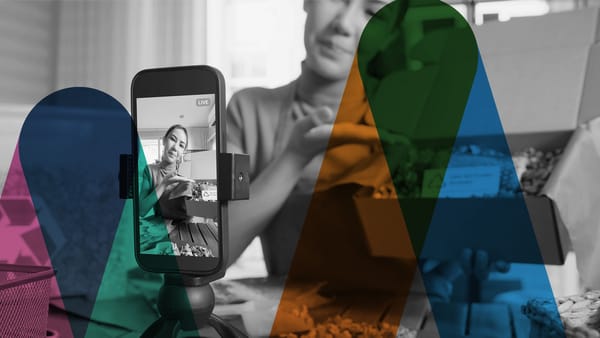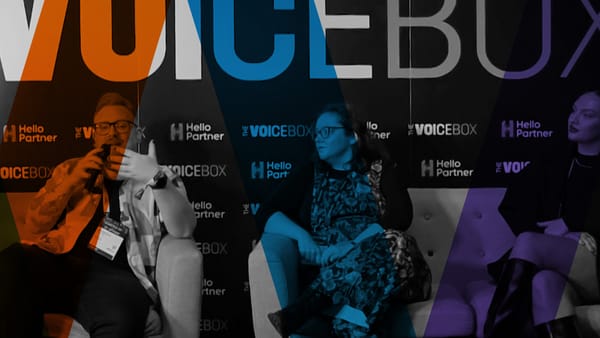More than two-thirds of marketing professionals were concerned about influencer fraud in 2021, highlighting the need for robust verification standards. For marketers, being able to build effective strategies, implement optimisations, and minimise brand risk are high priorities; while for creators, verification helps to build trusted brand partnerships and grow their main source of revenue.
As part of the first agency group to have access to the TikTok API, I understand the importance of data for ensuring transparent, accountable, and responsible influencer marketing. So, how can the influencer industry progress to achieve this?
The evolution of measurement standards
At the outset of influencer marketing, brands would learn about campaign results — such as views, user interactions, and audience engagement — through screenshots from the creators they chose to work with. However, this came with the risk of inaccurate measurement and fraudulent behaviours. For instance, follower counts could be artificially inflated or results skewed by bad actors, which strained the trust in brand-influencer relationships. The solution to this was found in data.
By accessing the first-party data of a creator’s social channels, marketers can gain a clearer view of performance. As practices have evolved, the influencer marketing industry now has a focus on educating talent, helping them to understand the value of making this data available for verification purposes. Although many influencers are now open to sharing their data, this process does rely on them opting in and allowing marketing platforms to access it. When influencers sign up to work with agency groups, the current best practice is to connect their social channels to brands’ chosen marketing platforms.
Unlocking accountability with data
By pulling and extracting data from social media platforms’ APIs, for instance, Instagram and TikTok, brands can guarantee greater transparency around measurement and impact. Marketers then gain a granular view of data, which can be broken down into location, audience splits, impressions, and more.
Analysing these data points gives marketers actionable insights to inform future campaigns and decisions around which creators they want to work with. This process also supports live, automated reporting features, removing the need for manual data pulls and saving valuable time and resources.
As a result, marketers can track performance metrics, positive sentiment towards their brand, and maintain control over their campaigns. Furthermore, this level of transparency allows media partners to identify potential fraud, select the talent best suited to meeting a brand’s unique business objectives, and scale brand-influencer relationships.
Furthering responsible investment with industry-wide initiatives
More than one in five marketing professionals believe that finding appropriate influencers to work with is a very difficult task. Everything from the content that quality creators produce to the relationships they have with their online communities affects their suitability for individual brands. Taking steps to address marketers’ concerns will heighten brand appetite to work with influencers and streamline the planning process.
Key organisations, for instance, the Influencer Marketing Trade Body, are championing principles that unify the industry around best practices through its Code of Conduct. This is being supplemented by the largest industry players such as GroupM launching their own responsible investment frameworks to safeguard the integrity of the marketing sector.
Verification standards and vetting processes weed out bad actors that damage perceptions of the influencer industry. For example, marketers can rely on their media partners to conduct investigations into activities such as follower spikes. In this scenario, the key question to answer is whether the activity is a result of bots or of influencers either going viral or being mentioned in the press.
Additionally, media partners can audit influencers at the start of the relationship, to gain a thorough understanding of their content style. This efficiently connects brands with high-quality, verified talent that aligns with both their specific risk parameters and business objectives. For creators, the process also ensures that brands align with their community’s interests, protecting their authenticity and trusted audience relationships, which marketers view as the most valuable benefit of influencer campaigns.
By developing solutions and practices that adhere to these standards, brands and media agencies can work together to ensure full transparency and accountability for influencer campaigns. Creators benefit from greater opportunities to build brand partnerships and protect their authentic connections with audiences, while brands can execute impactful campaigns that deliver business outcomes.








